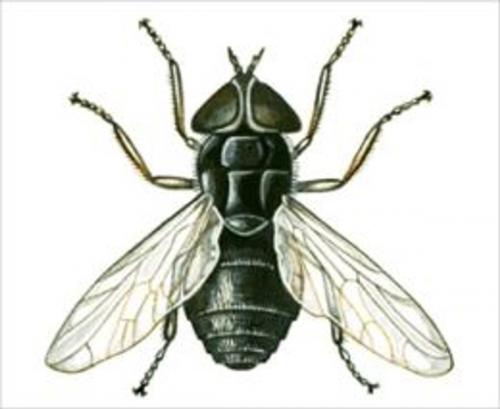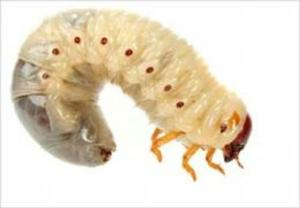A Crash Course on How to Get Rid of Flies
Nonfiction, Home & Garden, The Home, Outdoor & Recreational Areas, Science & Nature, Nature, Insects & Spiders, Cleaning & Caretaking| Author: | Jaime Gonzalez | ISBN: | 1230000105072 |
| Publisher: | Axel Publishing | Publication: | February 8, 2013 |
| Imprint: | Language: | English |
| Author: | Jaime Gonzalez |
| ISBN: | 1230000105072 |
| Publisher: | Axel Publishing |
| Publication: | February 8, 2013 |
| Imprint: | |
| Language: | English |
A Crash Course on How to Get Rid of Flies
True flies are insects of the order Diptera (di = two, and ptera = wings). They possess a pair of wings on the mesothorax and a pair of halteres, derived from the hind wings, on the metathorax.
The presence of a single pair of wings distinguishes true flies from other insects with "fly" in their name, such as mayflies, dragonflies, damselflies, stoneflies, whiteflies, fireflies, alderflies, dobsonflies, snakeflies, sawflies, caddisflies, butterflies or scorpionflies. Some true flies have become secondarily wingless, especially in the superfamily Hippoboscoidea, or among those that are inquilines in social insect colonies.
Some authors draw a distinction in writing the common names of insects: true flies are written as two words, e.g., crane fly, robber fly, bee fly, moth fly, fruit fly. In contrast, common names of non-dipteran insects that have "fly" in their name are written as one word, e.g., butterfly, stonefly, dragonfly, scorpionfly, sawfly, caddisfly, whitefly. In practice however, this is a comparatively new convention, and, in older books in particular, one might commonly see the likes of: saw fly, and caddis fly. In any case, non-entomologists cannot in general be expected to tell dipterans, "true flies", from other insects.
Diptera is a large order, containing an estimated 240,000 species of mosquitoes, gnats, midges and others, although under half of these (about 120,000 species) have been described. It is one of the major insect orders both in terms of ecological and human (medical and economic) importance. The Diptera, in particular the mosquitoes (Culicidae), are of great importance as disease transmitters, acting as vectors for malaria, dengue, West Nile virus, yellow fever, encephalitis and other infectious diseases.
Scroll up... and click on "Buy Now" to deliver almost instantly to your Kobo or other reading device.
A Crash Course on How to Get Rid of Flies
True flies are insects of the order Diptera (di = two, and ptera = wings). They possess a pair of wings on the mesothorax and a pair of halteres, derived from the hind wings, on the metathorax.
The presence of a single pair of wings distinguishes true flies from other insects with "fly" in their name, such as mayflies, dragonflies, damselflies, stoneflies, whiteflies, fireflies, alderflies, dobsonflies, snakeflies, sawflies, caddisflies, butterflies or scorpionflies. Some true flies have become secondarily wingless, especially in the superfamily Hippoboscoidea, or among those that are inquilines in social insect colonies.
Some authors draw a distinction in writing the common names of insects: true flies are written as two words, e.g., crane fly, robber fly, bee fly, moth fly, fruit fly. In contrast, common names of non-dipteran insects that have "fly" in their name are written as one word, e.g., butterfly, stonefly, dragonfly, scorpionfly, sawfly, caddisfly, whitefly. In practice however, this is a comparatively new convention, and, in older books in particular, one might commonly see the likes of: saw fly, and caddis fly. In any case, non-entomologists cannot in general be expected to tell dipterans, "true flies", from other insects.
Diptera is a large order, containing an estimated 240,000 species of mosquitoes, gnats, midges and others, although under half of these (about 120,000 species) have been described. It is one of the major insect orders both in terms of ecological and human (medical and economic) importance. The Diptera, in particular the mosquitoes (Culicidae), are of great importance as disease transmitters, acting as vectors for malaria, dengue, West Nile virus, yellow fever, encephalitis and other infectious diseases.
Scroll up... and click on "Buy Now" to deliver almost instantly to your Kobo or other reading device.















